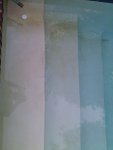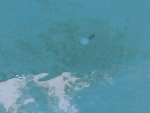hey guys,
i am not sure if this is the proper subforum to post this, but none of the other forum areas matched perfectly either.
I have some yellowish spots at the bottom of my pool (the walls of the pool are perfect and have no staining) and i was wondering if anyone else has had these in the past and what the best way to treat them is. My plaster is 2 years old and these probably developed over the winter when my pool turned green.
any help is appreciated. i attached some pictures as well.
i am not sure if this is the proper subforum to post this, but none of the other forum areas matched perfectly either.
I have some yellowish spots at the bottom of my pool (the walls of the pool are perfect and have no staining) and i was wondering if anyone else has had these in the past and what the best way to treat them is. My plaster is 2 years old and these probably developed over the winter when my pool turned green.
any help is appreciated. i attached some pictures as well.



